Probate
Probate is the term for a legal process in which a will is reviewed to determine whether it is valid and authentic. Probate also refers to the general administering of a deceased person’s will or the estate of a deceased person without a will. Probate is a legal process that administers the distribution of a deceased person’s assets. The process is overseen by a probate court. This court has the legal authority to decide matters related to wills and estates.
During probate, the court will determine whether the will is valid. They will also appoint an executor, locate and value assets, and pay the decedent’s debts out of the estate. The residue will then be distributed to the decedent’s beneficiaries and heirs.
What is probate Record
Probate records are court records created after an individual’s death that relate to a court’s decisions regarding the distribution of the estate to the heirs or creditors and the care of dependents. This process took place whether there was a will (testate) or not (intestate).
Probate records are records which dispose of a deceased individual’s property. When a testament is made, a probate record includes an individual’s last will and testament. Information contained in probate record is different in different records. Usually a probate record include: the name of the deceased, the deceased’s age at the time of death or birth date, property, members of the family, and the last place of residence. Probate records are indexed by the person’s name in the county where he/she died.
Using Probate Records in Your Genealogy Research
You may think that probate is beyond your understanding with all the legal lingo. Or perhaps you think that your family had no money, so they couldn’t possibly have left a will. But wills are only a part of a probate, and many, many people who never created one still left behind probate records. Administrations, and especially petitions, can also hold a huge amount of genealogy information.
Research Steps for Probate Record
1. Determine the county where your ancestor lived.
Check the following to find the county where your ancestor lived; Family records (histories, pedigree charts, family group sheets, etc.), Published family histories, Censuses.
Make sure the county existed when the ancestor died.
2. Search the index for your ancestor’s name.
Find your ancestor’s name in the index, copy everything about your ancestor from the index. This information is necessary for you to find him or her in the court record. If you cannot find your ancestor’s name, check for variations of the spelling. Some probate records will be electronically indexed so that you can skip this step.
3. Find the probate records.
Probate records are usually found in the county courthouse. Some might be available in an archive or library. The Family History Library has probate records on microfilm for many counties from the time of the county formation until the early 1900s. Obtain the book or film with the records. Many probate records are available online and could already be index at sites.
4. Search the record for information about your ancestor.
Using what you found in the index, find your ancestor in the record; online database records may take you directly to your ancestors record.
5. Copy the information from the record.
Make a photocopy of the pages with the information about your ancestor, by copying the entire page, you can study the record in depth and save it for future reference. You can analyze the handwriting and note other details you may have missed when you first looked at the record. You may find other relatives of your ancestor. At many libraries, you can make a digital copy of the record in place or in additional to a paper photocopy.
6.Document the information of the record
Be sure to document the source of the information by writing the title, author, book or film number, and page number on the copy, or photocopy the title page at the front of the book or film. Also write the name of the library, archive, etc., where you found the probate records. For digital copies of records, you need to record the same information and attach it to the digital record at least in a file in the same directory.
7. Analyze the information you found.
Study the document. Compare the information to what you already knew about your ancestor; What does it tell you about your ancestor and about the people who were with him or her?, Does the record give clues about your ancestor which could guide you to other records? and watch for dates, locations, relationships, etc.
Get Help
Do you have more questions about Probate? Our attorneys are ready to give you all the help and answers you need. Call us today.









